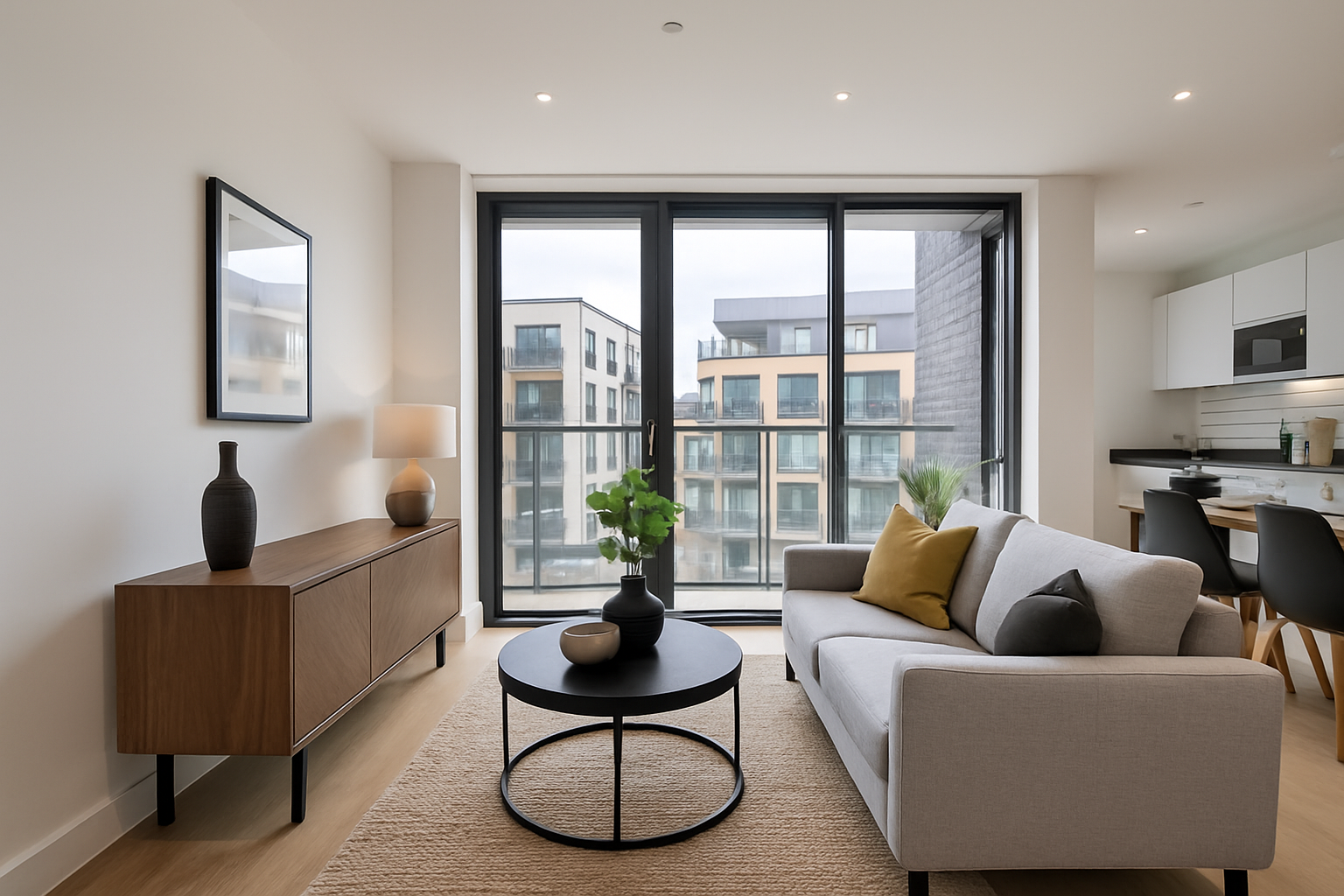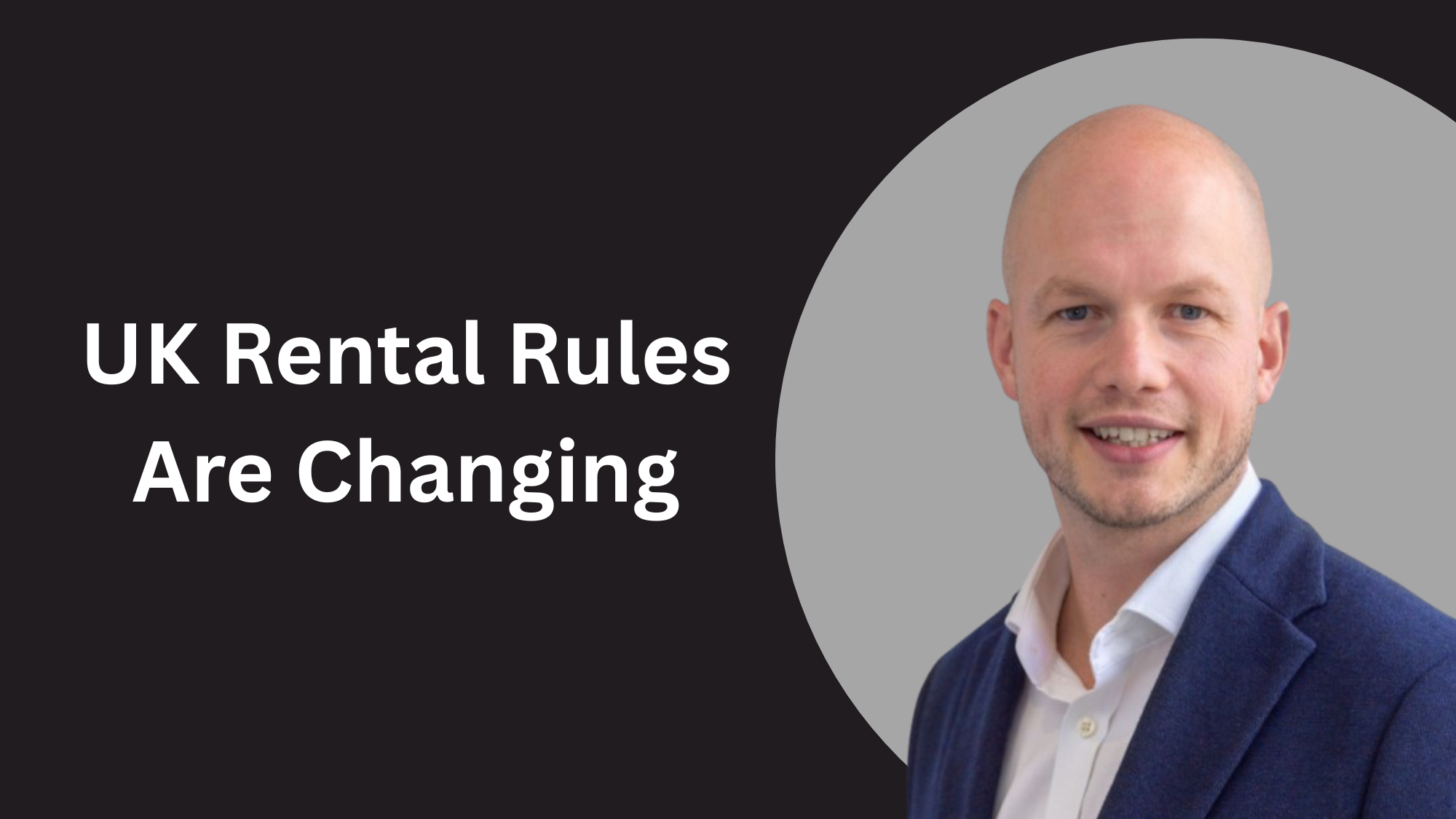Is buy-to-let still worth it in 2025, or has the game moved on?
With rising taxes, stricter regulations, and shifting tenant expectations, today’s property investors face a more complex rental landscape than ever before. But that doesn’t mean the opportunity is gone; it’s simply evolved.
Across London and Dubai, smart landlords are moving away from ageing properties that drain time and capital, and instead focusing on energy-efficient, low-maintenance new builds that deliver stronger yields and attract better tenants.
Looking to rent out your next investment?
Our expert team offers free, unbiased advice based solely on your goals, not ours. We listen, we analyse, and we match you with the best new build properties tailored to your rental strategy. No pressure. No fees. Just real opportunities.
Why Is Traditional Buy-to-Let Losing Appeal in 2025?
Higher taxes, tighter EPC regulations, and growing maintenance costs have turned traditional buy-to-let into a more demanding and less rewarding investment model. Landlords who once relied on older properties for stable rental income are now facing shrinking margins and rising compliance pressures.
Stamp Duty surcharges on second homes and updated Capital Gains Tax (CGT) rules have significantly increased transaction costs. On top of that, mortgage interest tax relief has been phased out, meaning landlords now pay tax on gross rental income; a major blow to leveraged portfolios.
Perhaps the most difficult shift comes from updated EPC regulations in the UK, which require most rental properties to meet a minimum EPC rating of B. For older homes, that means costly retrofitting, often running into the tens of thousands, just to stay legally compliant.
These costs aren’t just financial. Dated properties are harder to rent, attract more maintenance requests, and experience longer vacancy periods. The result? Many landlords are realising that the true cost of renting out older properties in 2025 may be too high to justify.
As BTL regulation tightens, smart investors are asking: why fix an outdated property when you can invest in one that’s future-ready from day one?
Why Are New Build Homes a Smarter Choice for Landlords in 2025?
Because they’re energy-efficient, low-maintenance, and designed to meet modern tenant expectations, all while delivering stronger rental yields. Unlike older properties, new builds are turnkey investments that require little to no upfront renovation or compliance upgrades, making them a hassle-free option for today’s landlords.
Modern renters, especially professionals and young families, actively seek homes with smart technology, reliable insulation, and eco-conscious features. Energy-efficient homes in the UK are not just trendy, they’re increasingly becoming a requirement, both from a regulatory and lifestyle perspective.
From day one, new build rental properties offer:
- Lower vacancy rates thanks to their high appeal
- Minimal repair needs during the first years (often covered by developer warranties)
- Stronger tenant satisfaction and retention
For investors focused on rental returns, the math is simple:
Buy new build to rent, and you get a stable, compliant, and future-ready asset, with higher yield and fewer headaches.
Many landlords now see new builds as the ideal low-maintenance rental property strategy, especially when navigating the post-2025 rental market.
Want to know exactly what tenants are looking for today?
Check out our guide on the Top Features Tenants Want in 2025 to understand how smart, efficient, and lifestyle-ready homes are reshaping the rental market.
Where Can You Get the Best Rental Yields in 2025, New Builds or Older Properties?
In both London and Dubai, new build properties are now outperforming older homes when it comes to rental yield, especially in regeneration zones and high-demand districts. Smart investors are targeting modern developments that offer higher returns with lower operating costs.
In London, areas like Barking Riverside, Wembley Park, and Woolwich are seeing strong rental growth. Here, new builds deliver gross yields of 5.5% to 6.5%, compared to 3.5% to 4.5% for older properties in the same postcodes, even after factoring in service charges and letting fees.
Want to explore available properties in these high-yield London districts?
View Entralon's complete, real-time list of new build homes in Barking Riverside, Wembley Park, and Woolwich.
Nothing filtered, nothing missed. Get the full picture of the market and compare all your options in one place.
In Dubai, the story is even more compelling. Locations like Jumeirah Village Circle (JVC), Arjan, and Business Bay offer rental yields of 6% to 8% for well-positioned new build apartments, with low vacancy rates and high tenant turnover. In contrast, older units in the same districts often struggle with maintenance issues and longer vacancy gaps, leading to lower net income.
Curious to see what’s available in Dubai’s top rental zones?
Browse Entralon's full list of new build properties in JVC, Arjan, and Business Bay. Updated in real time, with no filtering or omissions. Whether you’re comparing yields or scouting tenant-friendly homes, this is your complete view of the Dubai market.
On top of higher gross yields, new build properties typically incur fewer maintenance costs and attract tenants faster, resulting in higher net rental income, the metric that truly matters.
So, if you’re looking for high-yield property in London or aiming for a strong rental yield in Dubai 2025, the data is clear: new builds are leading the market.
Do New Build Properties Offer Better Tax and Mortgage Benefits in 2025?
Yes, from developer incentives in London to tax-free rental income in Dubai, new build properties come with financial advantages that older homes simply can’t match. For investors, these benefits directly improve cash flow, reduce upfront costs, and increase long-term returns.
In the UK, many developers offer generous incentives on new builds, including cashback, free furniture packs, and contributions to legal fees, helping landlords reduce initial investment. Moreover, select lenders provide lower rates and favourable terms on mortgages for new build properties, especially when buying off-plan or within structured schemes.
For those exploring buy-to-let mortgage options in 2025, lenders are increasingly aligning with energy-efficient lending standards, meaning new build homes often qualify for green mortgage products with better interest rates.
Meanwhile, Dubai investors enjoy some of the most landlord-friendly policies globally. New build buyers benefit from:
- Long-term payment plans with no interest from developers
- No income tax on rental revenue
- No capital gains tax
- No property ownership restrictions for foreigners in freehold zones
These factors, combined with rising rental demand, make Dubai’s new builds uniquely attractive, especially for international buyers seeking passive income.
So, whether you’re evaluating Dubai property tax for investors or looking for developer incentives in London, one thing is clear: new builds offer a financial edge that’s hard to beat.
Final Thoughts
In 2025, investing in new build properties is a strategic move for landlords seeking higher yields, reduced maintenance, and future-ready compliance. With modern amenities, energy efficiency, and strong tenant appeal, new builds in London and Dubai stand out as top choices for sustainable rental income.
Ready to invest in a property that’s built for success? Explore Entralon’s Full listing of new build homes in London and Dubai.
FAQ
1. What are the tax benefits of buying a new build property in the UK in 2025?
In the UK, new build properties often come with developer incentives such as cashback, furniture packages, and contributions to legal fees. Additionally, purchasing through a limited company can offer tax advantages, including the ability to offset mortgage interest against rental income.
2. Is rental income from Dubai properties tax-free in 2025?
Yes, Dubai offers a tax-friendly environment for property investors. There is no personal income tax on rental earnings and no capital gains tax on property sales.
3. Are there special mortgage rates for new build buy-to-let properties in the UK?
Some lenders provide favourable mortgage rates for new build buy-to-let properties, especially when purchasing off-plan or within structured schemes. However, rates can vary, and it’s essential to consult with mortgage advisors to find the best deals.
4. What incentives do developers offer for new build properties in London?
Developers in London often offer incentives such as stamp duty contributions, free furnishings, and legal fee assistance to attract buyers to new build developments.
5. How do new build properties compare to older properties in terms of rental yield?
New build properties typically offer higher rental yields due to their modern features, energy efficiency, and appeal to tenants seeking contemporary living spaces. They also tend to have lower maintenance costs and longer tenant retention rates.




























Discussion